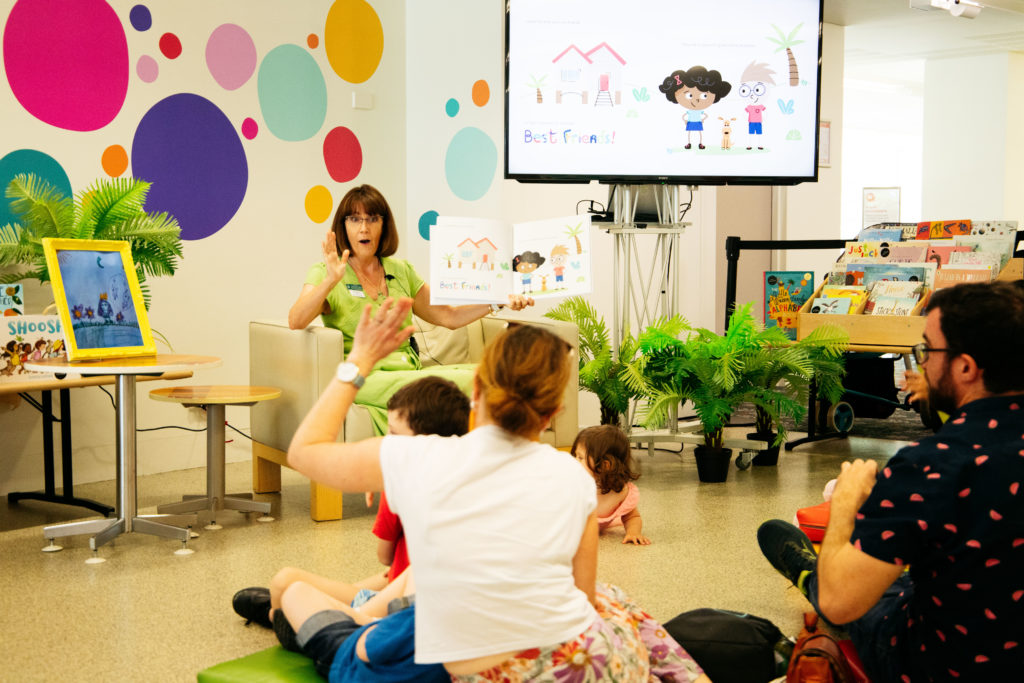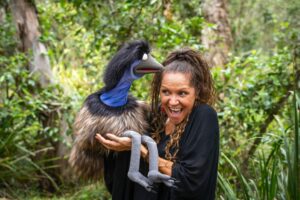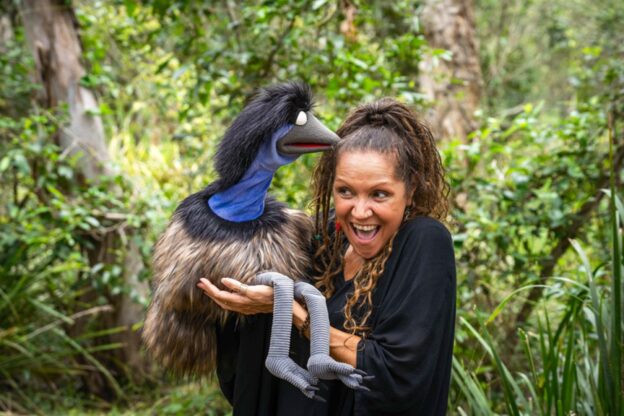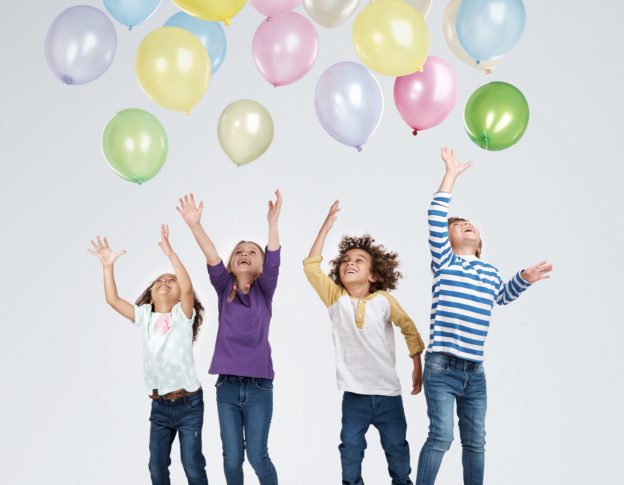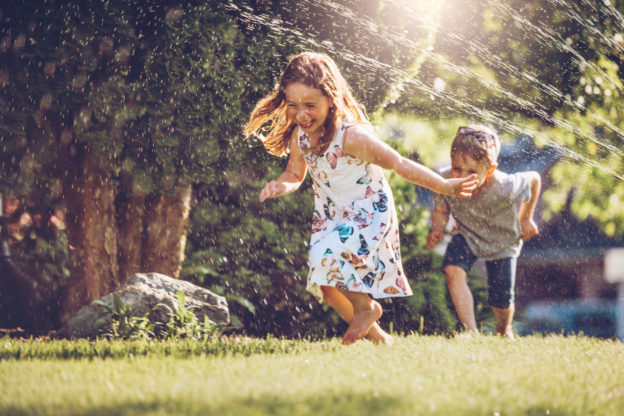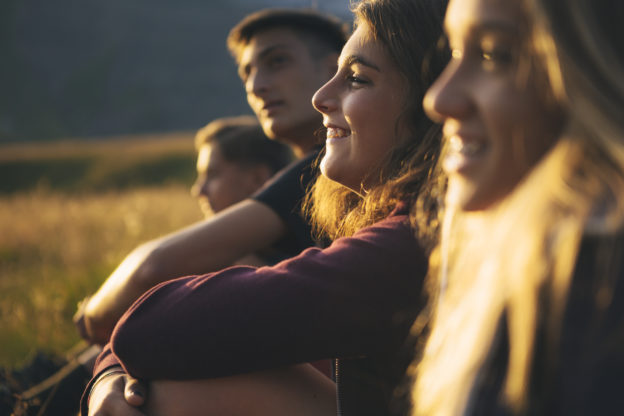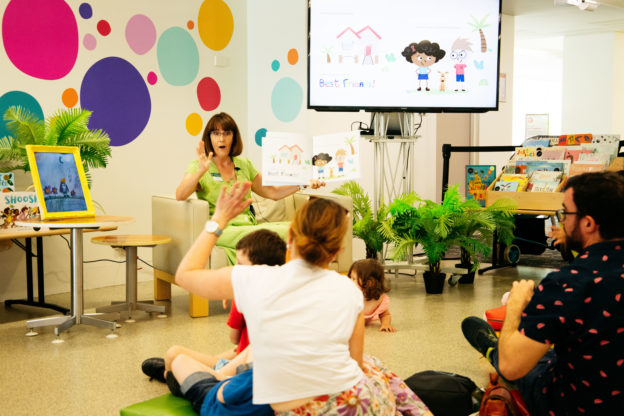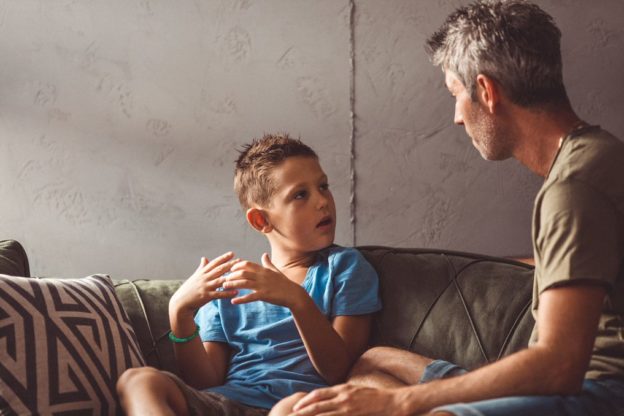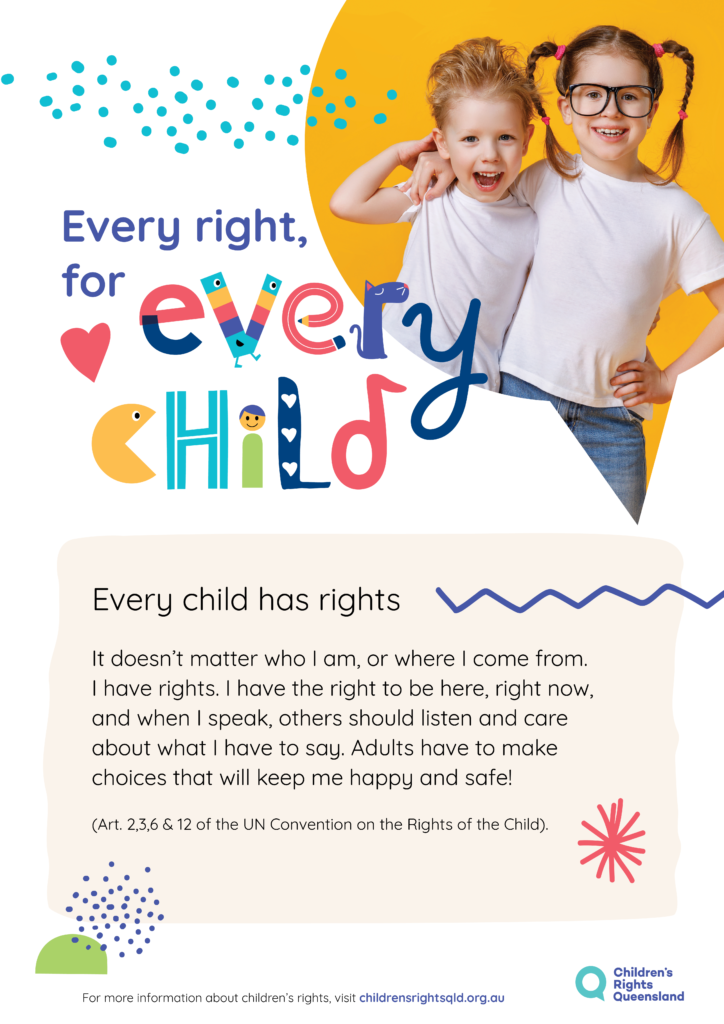With a deep passion for the past and how it connects us to our present, former teacher-librarian and now decorated author Allison Paterson has spent her life immersed in words.
Her understanding of storytelling and the ways it can be used as a tool for education has inspired Alison to write about subjects that both educate and entertain, covering areas including loss of family, environmental awareness and ANZAC history.
Partnering with the team at Children’s Rights Queensland and illustrator Amanda Letcher, Alison’s recently released book, The Right To Be Me, celebrates children’s rights amongst Queensland’s diverse communities.
We caught up with Alison to discuss how this new book came to be, and what it means for children’s rights in Queensland and Australia.
How did this project begin?
The president of Children’s Rights Queensland, Dan Marais, got in touch with me and outlined his vision of a book for children about children’s rights. As soon as I heard the idea I was on board. And of course, with the state being such a huge and diverse place, we wanted to ensure we represented children from a wide variety of different locations and backgrounds.
After throwing some ideas around about the book’s direction and focus, we settled on creating a picture book that would be centred on children in Queensland. More specifically, given the distances in Queensland and the move to online learning last year, we chose a book based around online meetings and catching up with friends. As good timing would have it, last year’s Children’s Week theme was all about each child’s right to choose their own friends and safely connect with others.
What was the creative process like?
Before the first draft was even written, Dan and I wanted to make sure we were sensitive to the different personal stories and language surrounding the characters.
Once I had a fully formed first draft, we sent it off to the Queensland Family and Child Commission and the Daniel Morcombe Foundation for feedback on the language used and the story’s two main characters.
We also sent the book out to the Djabugay Aboriginal Corporation in Kuranda to get their feedback on language as one of the children in the story is from that location.
And finally, to gain the insights of children themselves, we worked alongside a keen group of year three and year six students from St. Paul’s in Brisbane. Once we fed all of this information into the story, we left it in the safe hands of JSA Creative illustrator Amanda Letcher, who did a fantastic job bringing the characters to life.
Was all of that correspondence challenging?
Of course – this was close to the most involvement from outside groups I’ve encountered during the writing phase, but getting the right input from the start was important to everybody involved. It brought an authenticity to the book and the learning experiences from these conversations made the whole process quite fun.
How much did the book evolve from first draft to publishing?
Quite a bit actually. The first draft was an entirely different story, but it wasn’t working and so I decided to ditch that and change direction. Finally, Dan and I landed on a story that we thought could work and went from there.
As the project evolved, the locations and characters changed often, but the structure of the story remained the same. These changes were all about reflecting the diversity of the children involved and how their rights affect them. Honestly, all of the children involved in the creation of this book were so excited to have their voices heard and have their feedback and ideas incorporated into the story. Ultimately, it was their input that helped shape the final form of the book, from the characters and their stories, right down to the book’s title.
There are a lot of great lessons in this book. What would you say is the key message in The Right To Be Me?
While there’s many valuable messages within the book, we wanted children to understand that they have the right to a happy, healthy, and safe childhood, and that adults have a role in ensuring that happens as well – that’s our key message in the book.
We hope that it can be used as a valuable resource for children to be able to recognise when their rights aren’t being met and to look for that trusted adult who can help them, too. This adult could be a teacher, parent, carer – it doesn’t matter. It’s vital that if a child feels like their rights are not being respected, they know that they can reach out to somebody. And on the flipside, understand that they also have a responsibility to ensure that they’re caring for others and the rights of others, too.
The characters in the book are quite diverse. How did you choose them?
Creating characters can be a tricky task. For this book, I considered the many diverse communities across Queensland. This included our First Nations and Anglo-Celtic children, right through to Queensland’s most recent migrants.
We also wanted to accurately represent Queensland’s different regional areas, showcasing the backgrounds and interests of the children who live there. This included migrant centres like Toowoomba, the remote outback locations of Longreach, the deep green of North Queensland, a girl from Mount Isa who is fascinated with geology, and a girl on the Gold Coast who advocates for sustainability and better care of Koalas.
Have any readers recognised themselves in the story?
Definitely – this happens a bit.
We’ve had conversations with First Nations families in the Kuranda area who have been so happy to see their children reflected in this story. And the Djabugay Aboriginal Corporation have also posted on social media about how thrilled they were to be involved and see Kuranda’s children represented. And really, that’s what this book was all about – celebrating the rights and diversity of Queensland’s children.
So, what’s next? Will there be any more stories focused on children’s rights?
Well, after having such a wonderful time working on this book with CRQ, Dan, and the JSA Creative team, I’m about to start working on the teacher’s notes for the book, which will really finalise this as a great resource for any classroom. I’m also in the final stages of writing a book that looks at Australia’s most recent military conflicts through the eyes of a young soldier. It’s quite a busy time, but these are all important stories to tell, and I look forward to telling more of them.
Our first children’s picture book has launched!
Our first children’s picture book The Right to Be Me is a great way to celebrate diversity amongst children and help each child recognise their rights and the rights of those around them. A useful resource for any parent, carer, library or school, this book is a wonderful resource that takes a fun yet informative look at every right, for every child.
Click here to read a digital version of the book or order your own hard copy here.

